In which they identified the Phan Rang defense line as the "Steel Shield", Xuan Loc as the "Steel Door" to the East of Saigon and tried their best to call, shout, and encourage soldiers to defend Phan Rang at all costs, in order to prevent our Coastal Army from advancing to liberate Saigon. With the above calculation, the enemy concentrated a very strong force here including: Air Division 6, Airborne Brigade 2, Infantry Division 2, Special Forces Regiment 31 and security forces in Ninh Thuan sub-region... The forward command post of the 3rd Corps of the Saigon army was located at Thanh Son airport. The entire enemy force of more than 10,000 soldiers, was supported by artillery and more than 150 aircraft of all kinds. They organized a tight, interconnected defense on favorable terrain. With that force, they hoped to stop our Coastal Army at the gateway to Phan Rang until the rainy season (June) when they would organize a strategic counterattack.
Faced with the rapid developments of the situation, on March 31, 1975, the Politburo of the Party Central Committee met and assessed: At this time, we have the conditions and capabilities to achieve complete victory sooner than expected. Therefore, with the guiding ideology of being quick, bold, surprising, and certain to win, we will launch a general offensive and quickly achieve victory before the rainy season. On April 5, 1975, Lieutenant General Le Trong Tan, Deputy Chief of the General Staff, Commander of the Coastal Wing, and Lieutenant General Le Quang Hoa, Deputy Director of the General Department of Politics, Political Commissar, assigned the task to the 2nd Corps to urgently organize a march to the South to fight. Following the Ministry's orders, Military Region 5 reinforced the 2nd Corps, including: the 3rd Infantry Division (to be merged into the Corps' combat formation in Phan Rang), the 5th Armored Battalion of the 574th Regiment; The 46th Infantry Regiment was assigned to the 325th Division (because the 95B Regiment of the 325th Division was reinforcing the Central Highlands front). Thus, the forces of the 2nd Corps advancing to the South to fight included: the 304th and 325th Divisions, the 673rd Anti-Aircraft Artillery Division, the 203rd Tank Brigade (lacking), the 164th Artillery Brigade, and other support units. The Corps was organized into 5 marching blocks, using many means of transport (cars, naval ships) to quickly approach the enemy's Phan Rang defense line.
Troops captured the Administrative Building - the headquarters of the puppet government in Ninh Thuan at 9:30 a.m., April 16, 1975. Photo: Archive
At 9:00 a.m. on April 7, 1975, the leading force (Division 325 and reinforced forces) set off from Da Nang. On April 10, the leading force of the Corps arrived at Cam Ranh, the remaining forces were on their way to advance to North Cam Ranh as planned. At the same time, from April 8 to 11, Division 3 deployed all its forces in the North of Phan Rang town, ready to attack the enemy. Without delay, Lieutenant General Le Trong Tan, Commander of the Coastal Wing, ordered Division 3 to immediately capture Phan Rang to open the way for forces from behind to advance to the South, liberating Saigon. At 5:30 a.m. on April 14, 1975, Division 3 opened fire to attack the enemy's Phan Rang defense line. After two days of fierce fighting, the 3rd Division captured a number of targets along Highway 1 and neighboring areas such as Du Long district, heights 105, 300, Ba Rau, Suoi Vang, Suoi Da and destroyed a number of outposts of Thanh Son airport. On April 15, 1975, the 3rd Division continued to attack but could not break through to the center of the town and Thanh Son airport.
At this time, the 2nd Corps' marching formation had been hiding in the area north of Cam Ranh for 4 days waiting for the path to be opened. The officers and soldiers were extremely anxious and impatient. The Party Committee - Corps Command realized that every minute and every hour was extremely precious, so they proposed to the Coastal Wing Command to let the 2nd Corps send the 325th Division into battle with a bold and unexpected attack plan (attacking while marching). With the above approval, on the night of April 15, 1975, the 325th Division secretly occupied the foothold and deployed the attack formation. At 5:00 a.m. on April 16, 1975, with the order to open fire, the spearheads in all directions simultaneously attacked the enemy's fortified defensive positions.
Liberation Army tanks chasing enemy troops at the entrance to Thanh Son airport. Photo: Archive
The first spearhead, the deep thrust force of the Corps, including the 101st Infantry Regiment and the 4th Tank Battalion of the 203rd Tank Brigade, was the main breakthrough force along Highway 1 into the center. By 9:30 a.m., the 2nd Corps controlled Phan Rang town. Then, it coordinated with the 3rd Division to capture Thanh Son airport. The second spearhead continued to capture An Phuoc and Phu Quy district capitals and hunted down the remaining enemy troops. The third spearhead coordinated to capture Ninh Chu and Tan Thanh ports, preventing the enemy from fleeing to the sea. With a sudden, daring attack using the combined strength of arms, by 1:30 p.m. on April 16, 1975, our troops completely controlled Thanh Son airport. The mission of destroying the "steel shield" of Phan Rang and liberating Ninh Thuan province was completed.
At the end of the battle, we captured the enemy's 3rd Corps Forward Command, including two generals (Lieutenant General Nguyen Vinh Nghi and Brigadier General Pham Ngoc Sang). Destroyed and disintegrated the 2nd Airborne Brigade, the 31st Special Forces Regiment, the 6th Air Division and the entire security force of Ninh Thuan sub-region. Captured thousands of officers and soldiers of the Saigon army, including American advisors. Burned many enemy A37 aircraft, sank 3 warships, captured 40 intact aircraft, dozens of M113 and M48 tanks, 60 artillery pieces and many other technical equipment and war vehicles... Smashing the Phan Rang "steel shield" and liberating Ninh Thuan province in the lightning-fast march of the Coastal Wing had an extremely important strategic significance.
We smashed the enemy's strategic defense line from afar, contributing to changing the balance of power and position, creating a leap in the war situation completely in our favor on the battlefield. At the same time, we encouraged and motivated the fighting spirit of the army and people to compete in killing the enemy and making achievements, "one day is equal to 20 years" to carry out brave raids and bold deep thrusts. From there, we created a chain reaction of failure, the enemy was confused and fled when the Coastal Army advanced to liberate the provinces of Binh Thuan and Binh Tuy. On April 20, 1975, the formation of the 2nd Corps was present in the Rung La area, Phu Minh hamlet, the enemy in Xuan Loc was even more confused. Realizing that the "steel door" of Xuan Loc was in danger of being destroyed, that night they fled along Provincial Road 2 to Ba Ria. Thus, the enemy's "steel belt" collapsed completely, the doors to the East and Southeast of Saigon were wide open. Create favorable conditions and opportunities for the troops to concentrate overwhelming forces, speeding up the final strategic offensive at the enemy's lair in Saigon.
On the other hand, smashing the Phan Rang "steel shield" also demonstrated the commander's ability to seize opportunities and quickly handle changes in the battlefield situation in combat, and affirmed his strong assault power, high mobility with a lightning-fast, bold mindset, and the ability to flexibly organize and apply offensive tactics using the combined strength of the main force with the armed forces of Military Region 5 and the army and people of Ninh Thuan province.
Attacking the enemy at Ho Diem. Photo archive
For the Saigon government, the event of the Phan Rang “steel shield” being smashed created a major political “earthquake”, creating strong pressure, making the internal conflict of the Saigon government, which was already in disarray, even more intense. Under the pressure of the situation and the pressure of the Americans, on the morning of April 21, 1975, President Nguyen Van Thieu was forced to announce his resignation. The internal changes of the Saigon government in a state of collapse could not change the situation of the war and save the situation. On the other hand, after a series of important strategic areas were lost, the spirit and fighting spirit of the Saigon army increasingly collapsed.
Research on the factors that contributed to the victory in the lightning-fast march, both advancing and fighting, of the Coastal Army, smashing the "steel shield" of Phan Rang to liberate Ninh Thuan province in a short time, has left us with extremely valuable lessons:
Firstly, thoroughly grasping the Politburo's strategic offensive ideology and building high will and determination are important factors creating the fighting strength of the Coastal Wing.
The Provincial Party Committee and the Provincial Military Management Committee introduced themselves to the people at a rally to celebrate the liberation of the homeland (1975). Photo courtesy
Faced with the rapid developments of the situation; on March 31, 1975, the Politburo met and assessed: At this time, we have enough forces, conditions and capabilities to achieve complete victory sooner than expected... With the guiding ideology: Quick, bold, unexpected, sure to win. Carry out a general attack, a general uprising to quickly achieve victory. Therefore, promoting the victory of the Da Nang campaign, the officers and soldiers of the 2nd Corps had a strong desire to participate in the final battle to liberate Saigon - Gia Dinh. Faced with the enthusiastic spirit of the officers and soldiers, the Standing Committee of the Party Committee - Command of the 2nd Corps held a meeting to assess the situation in all aspects, agreed to propose to the Command of the Coastal Wing, which was agreed by Lieutenant General Le Trong Tan, Deputy Chief of the General Staff, Commander of the Front and Lieutenant General Le Quang Hoa, Deputy Director of the General Department of Politics, Political Commissar of the Wing and reported to the Central Military Commission and the Ministry of National Defense. Right from the time the Central Military Commission and the Ministry of National Defense decided to let the 2nd Corps continue to march to the South to fight, from the Party Committee - the Corps Command to the Party Committees of agencies and units, they carried out political education and ideological leadership to make all soldiers understand the Party's political and military guidelines; clearly recognize the position, strategic significance, and importance of the mission. They encouraged officers and soldiers to uphold their determination and sense of responsibility, ready to receive and complete the mission well. In particular, leaders and commanders at all levels paid special attention to education to make officers and soldiers thoroughly grasp the guiding ideology: Resolutely and continuously attack the enemy, promote creativity, the spirit of overcoming difficulties and hardships, and be ready to accept sacrifices. With a vibrant atmosphere, agencies and units urgently made preparations. The Political Department directed and guided the implementation of party work, political work, and promoted the role of party organizations and mass organizations in long-distance combat operations. In the units, political and ideological education was conducted to build confidence in victory, strengthen the determination to fight for officers and soldiers to have more strength to overcome all difficulties... Implementing the guiding ideology: "Fast, faster, bolder, bolder", in Telegram No. 157/DK of General Vo Nguyen Giap, Commander-in-Chief of the Vietnam People's Army sent to the troops at 0:30 on April 7. So after only 5 days and nights (April 5, 1975), the entire Corps from the stage of building determination to march, forecasting situations and plans to fight the enemy on the way of marching, to the work of adjusting forces, supplementing weapons and equipment, technical logistics and materials and practicing command of marching, with the determination of people following the vehicle, the vehicle following the road "fighting the enemy while going, opening the way while advancing". By April 10, 1975, the leading force of the Corps (Division 325) had arrived at Cam Ranh in time with Division 3 to attack the enemy, destroying the "steel shield" of Phan Rang, opening the way for the forces behind to advance and liberate Saigon.
Second, proactive, resolute, flexible, and creative command is the decisive factor in the success of destroying the Phan Rang "steel shield".
Solemn rally to celebrate the 30th anniversary of National Day September 2 and the first year of the liberation of the South and national reunification (1975). Photo: Archive
While the 2nd Corps marched to Phan Rang, the 3rd Division had been attacking the enemy for 2 days but had not yet opened the way. Through studying the enemy's reaction, the Corps Command realized that the enemy thoroughly exploited the power of artillery, supporting the infantry to maintain defensive positions. Meanwhile, the terrain in Phan Rang was complicated, our attacking forces could only deploy in one direction, so when the enemy relied on high points and favorable terrain, organized into interconnected defensive clusters along Highway 1, the outer cluster was broken, they retreated to hold the rear cluster as a springboard for counterattacks and recovery, making it very difficult for us to develop. However, the enemy also revealed some weaknesses due to having to spread out their forces, poor mobility, and few reserve forces. If we could control Thanh Son airport and restrain the enemy's artillery positions, organize a fast, strong, rapid, and unexpected attack, the enemy formation would certainly be disrupted and broken. Based on those scientific analyses, the 2nd Corps Command proposed to the Coastal Wing Command to send the 325th Division into combat with a bold plan, mobile attack on the march, organizing a strong deep thrust force along Highway 1. Leading the attack formation, the soldiers of the 325th Division on 20 tanks and armored vehicles of Battalion 4 of the 203rd Tank Brigade. The rest moved on wheeled vehicles interspersed with tanks and armored vehicles protected by 37mm anti-aircraft guns. Following behind was a convoy carrying the forces of Battalion 2, Battalion 3, and artillery forces of Regiment 84... With a brave attack formation, attacking straight into the center of Phan Rang town. The 325th Division quickly destroyed enemy forces in the Ho Diem, An Xuan, and Ca Du intersection areas, taking control of Phan Rang town. From there, our attacks spread out in all directions, coordinating with the forces of Division 3 and the armed forces of Ninh Thuan province. Combining internal attacks and external attacks to capture Ninh Chu port and Tan Thanh port, blocking the sea route. Along Highway 11, Battalion 1 attacked back up to capture Thanh Son airport. Definitely liberating Phan Rang town in just one day, leaving the enemy no time to react or flee to the rear to consolidate. This was a completely correct, appropriate, and creative decision, demonstrating the intelligence, courage, and decisiveness of the Coastal Wing Command in general and the Standing Committee of the Party Committee - 2nd Corps Command in particular.
This shows us the new development of military art, attacking the enemy's defensive strongholds in cities and towns in the march by the combined strength of arms. This is also the practical basis and scientific argument for researching and developing the current form of offensive warfare of our army.
Third, promoting the spirit of self-reliance and self-improvement, creatively applying on-site logistics and technical facilities to contribute to victory.
People participate in the rally to celebrate the first year of Ninh Thuan liberation. Photo: Archive
On the way to the battle in the Southern battlefield, to properly solve the problems of practical combat. Transporting ammunition, fuel, food and provisions from the rear to ensure more than 32,000 people and a large number of artillery vehicles on the road while advancing and fighting will encounter many difficulties. Because the transport route is long, in order to speed up the speed and scale of transport to promptly serve the requirements of the battlefield. The Corps has mobilized all capabilities, combining all means of transport. In addition to the transport units of Division 371, the 83rd Bridge and Ferry Engineering Regiment, the naval ships reinforced above and the number of vehicles in the existing roster of the units, only two-thirds of the forces and vehicles can be transported. Unable to wait or rely on others, the Corps was flexible and proactive in coordinating with the authorities and people of Hue and Da Nang to mobilize more than 100 cars and drivers, and Binh Dinh province mobilized 56 cars to transport Regiment 9 (Division 304) from Quy Nhon to the Division's temporary stop in Nha Trang after marching by sea from Da Nang port to Quy Nhon port. At the same time, the Corps used 487 captured GMC vehicles from the enemy to transport troops. With the total number of vehicles above, it was enough to transport the entire force and combat vehicles of the Corps over a distance of hundreds of kilometers. Hundreds of bridges and culverts on the road destroyed by the enemy were repaired, and wherever the enemy was encountered, they could immediately fight.
In order to solve the problem of our weapons and ammunition not being replenished in time, the Corps had a policy of "taking the enemy's weapons, equipment, and vehicles to fight the enemy". In just a few days, the 203rd Tank Brigade added dozens of M113 and M48 tanks to the unit's organization, the 68th Regiment of the 304th Division and the 84th Regiment of the 325th Division organized 4 more 105mm artillery companies, the 164th Artillery Brigade organized 1 more 155mm artillery battalion (the enemy's long-range artillery). While the vehicles were running, or temporarily stopping, the infantry soldiers and soldiers took the opportunity to exchange combat experiences and learn how to use the enemy's weapons. Thereby, the officers and soldiers mastered the enemy's weapons, which currently account for a large proportion of the units' equipment.
All of the above basic factors created the combined strength of the Coastal Wing in general and the 2nd Corps in particular to successfully carry out the lightning-fast advance, liberating the provinces along the South Central Coast, smashing the "steel shield" of Phan Rang and moving forward to participate in the final battle to liberate Saigon.
According to the Proceedings of the Scientific Conference Smashing the Phan Rang "steel shield" - Meaning and historical lessons
Source


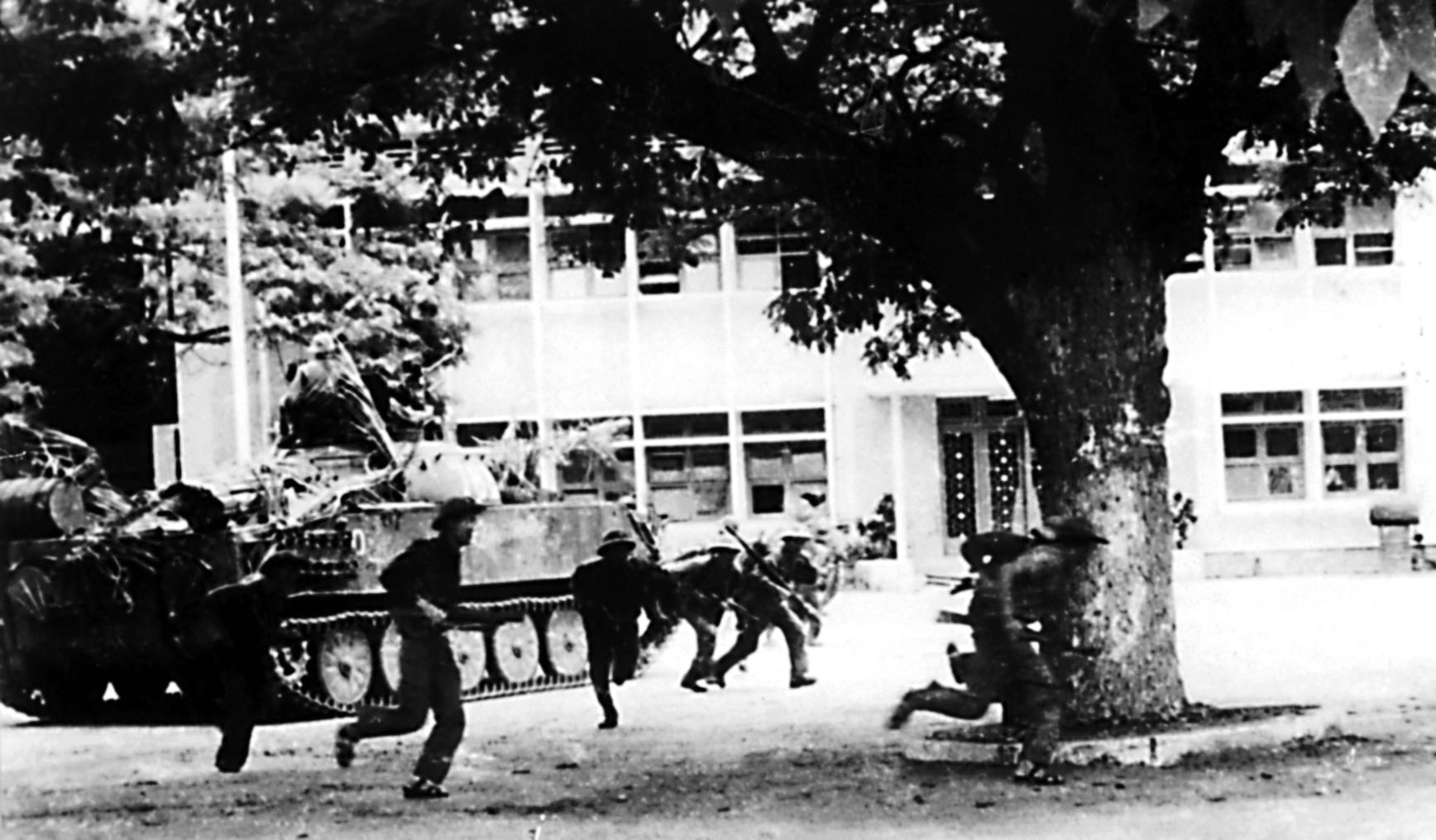
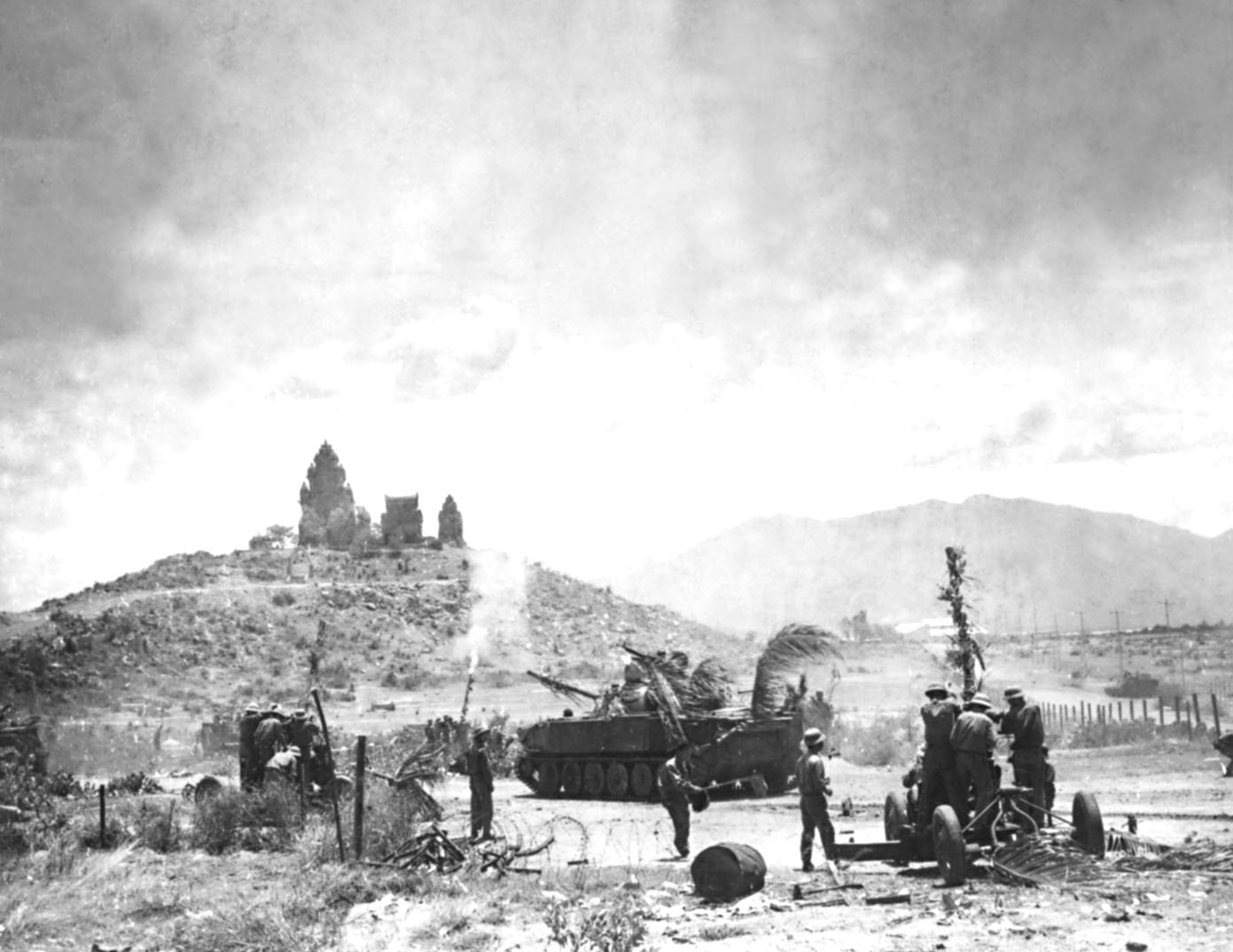
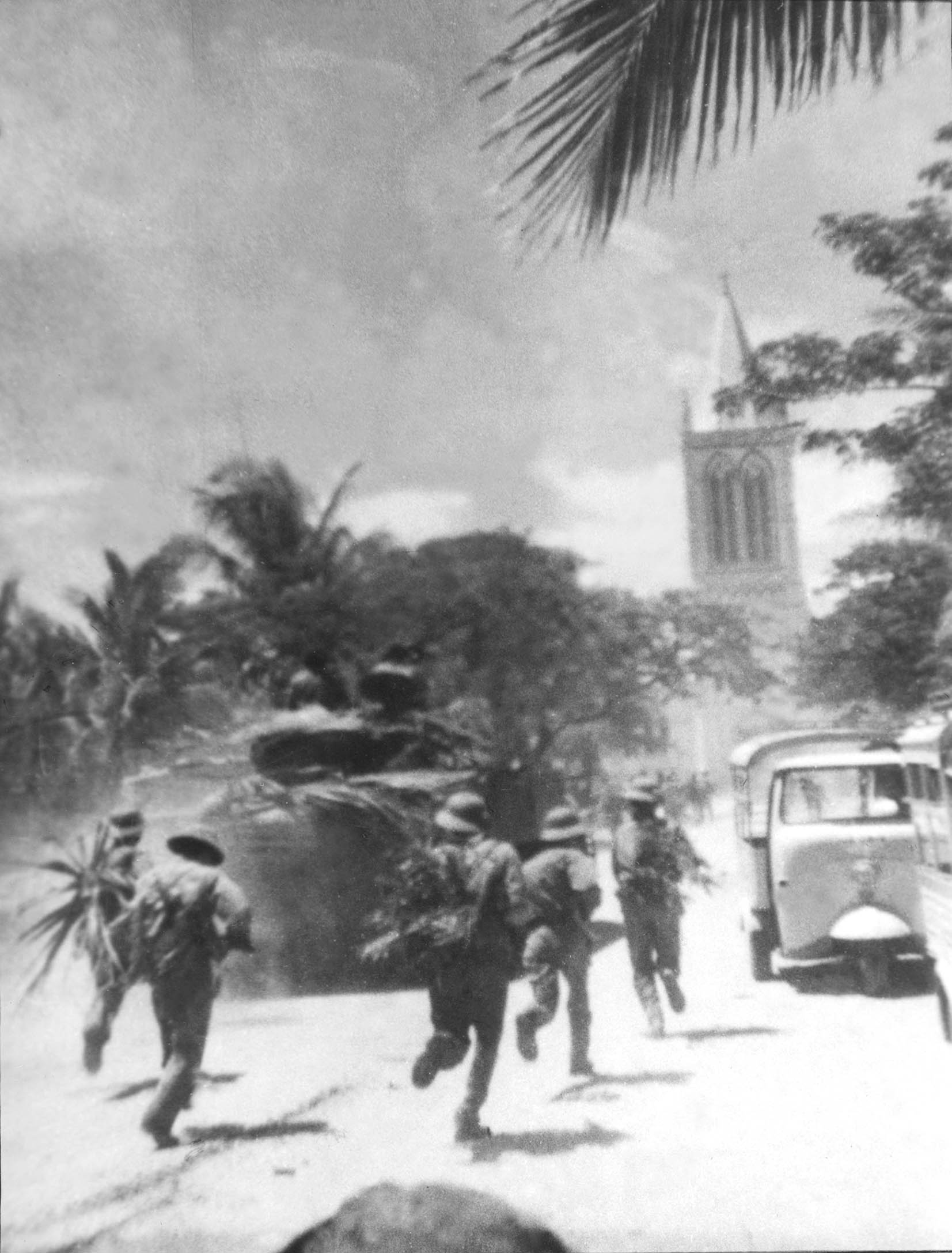
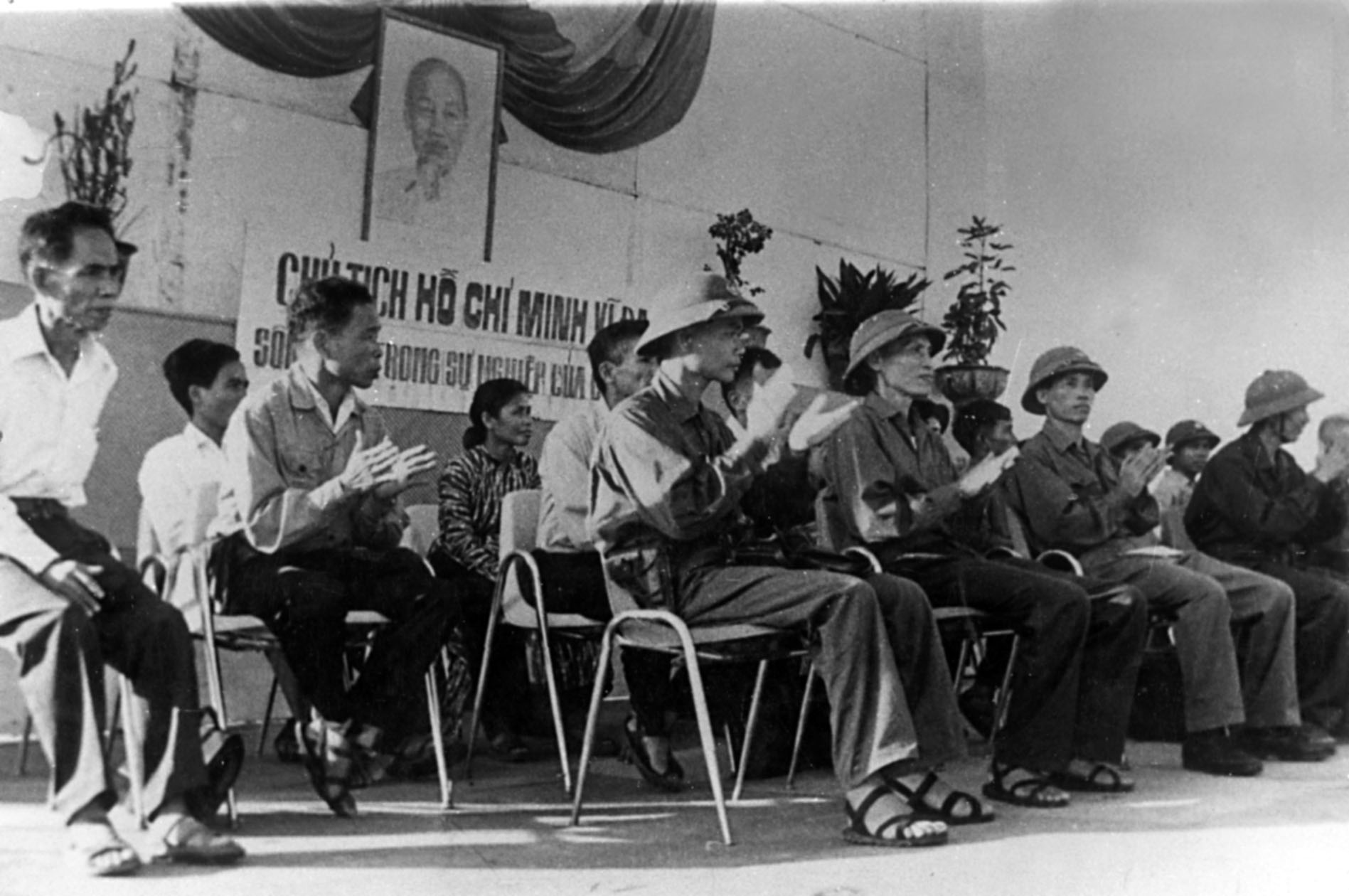

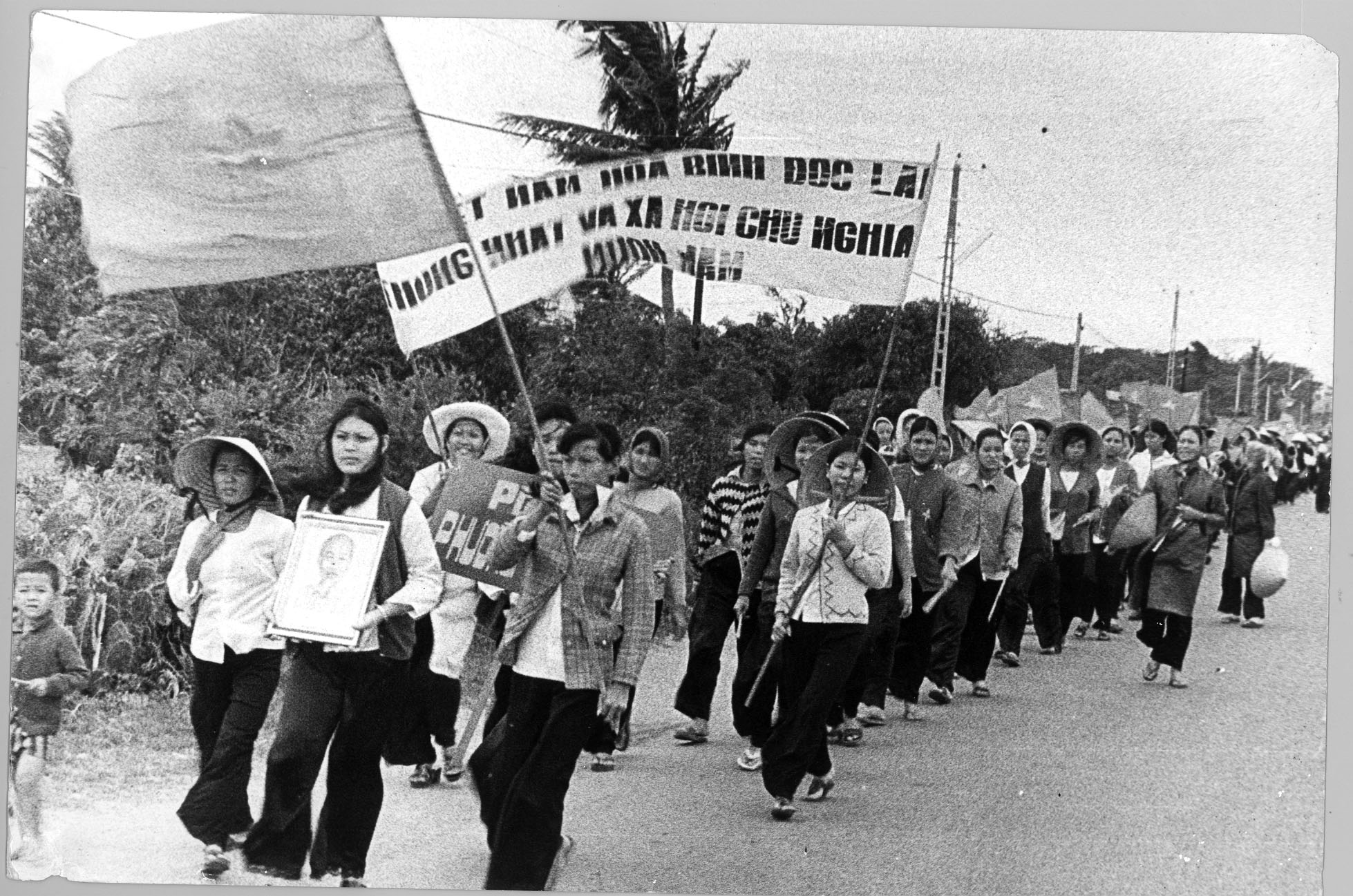

![[Photo] Ready for the top competitions of Vietnamese table tennis](https://vphoto.vietnam.vn/thumb/1200x675/vietnam/resource/IMAGE/2025/5/18/9c547c497c5a4ade8f98c8e7d44f5a41)

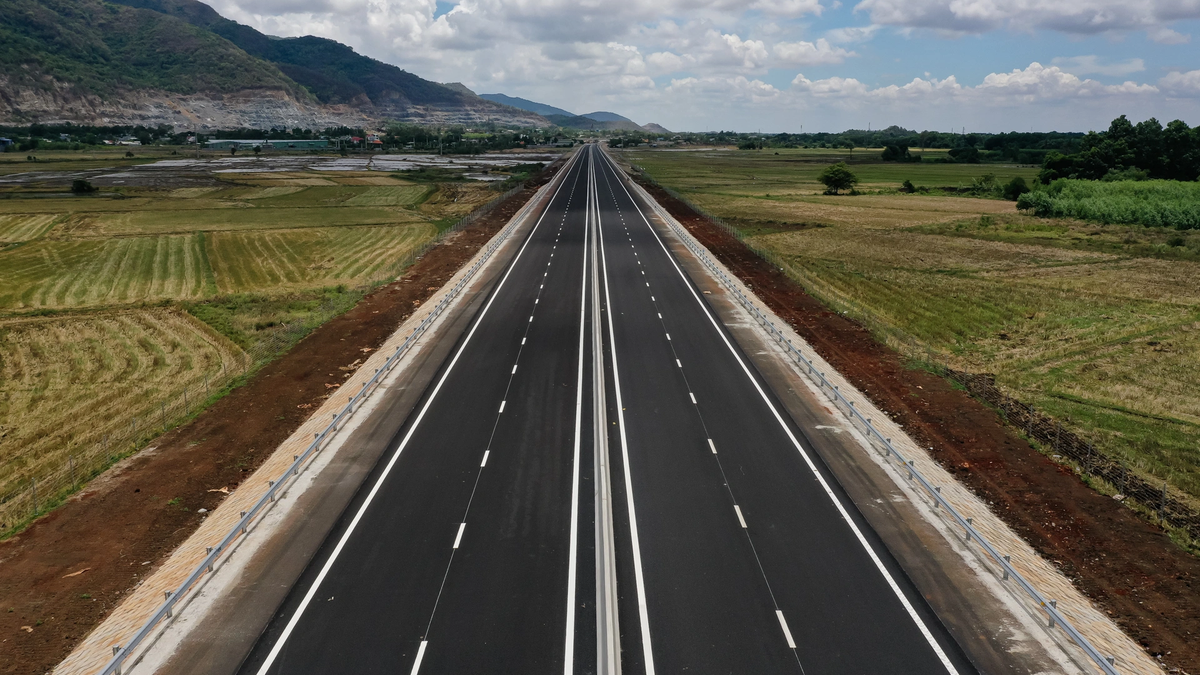
![[Photo] Party and State leaders attend the special art program "You are Ho Chi Minh"](https://vphoto.vietnam.vn/thumb/1200x675/vietnam/resource/IMAGE/2025/5/18/6895913f94fd4c51aa4564ab14c3f250)
![[Photo] Many young people patiently lined up under the hot sun to receive a special supplement from Nhan Dan Newspaper.](https://vphoto.vietnam.vn/thumb/1200x675/vietnam/resource/IMAGE/2025/5/18/6f19d322f9364f0ebb6fbfe9377842d3)


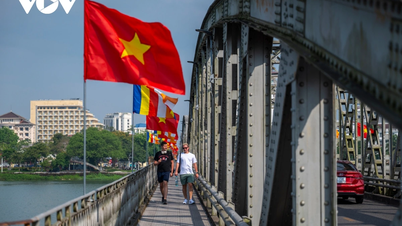





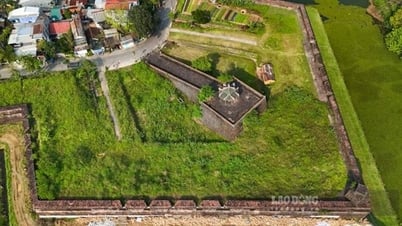

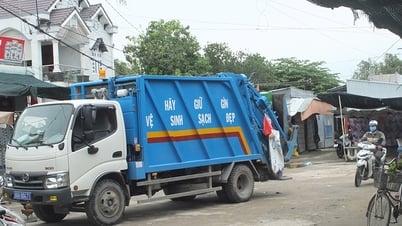
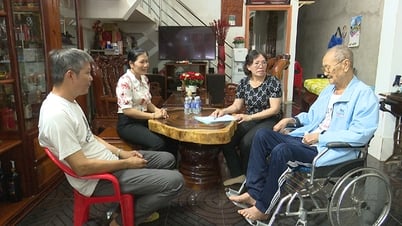
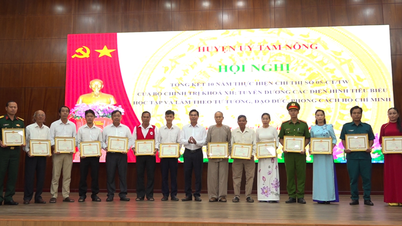
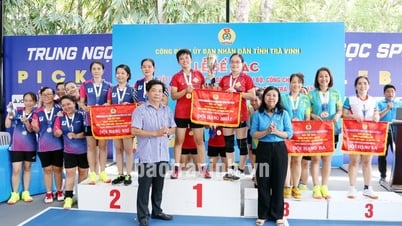
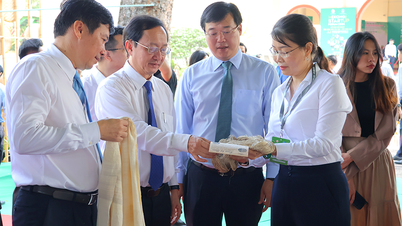
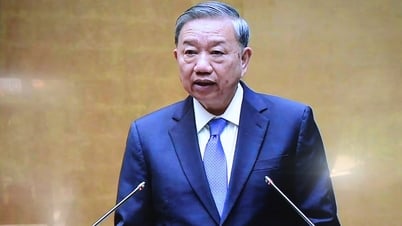







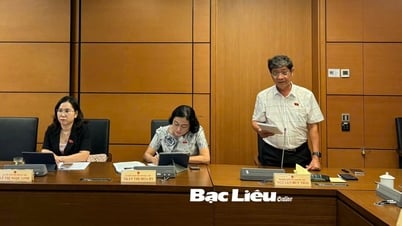
![[Infographic] Numbers about the 2025 High School Graduation Exam in Dong Thap Province](https://vphoto.vietnam.vn/thumb/402x226/vietnam/resource/IMAGE/2025/5/17/c6e481df97c94ff28d740cc2f26ebbdc)
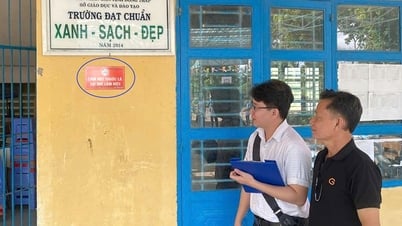






























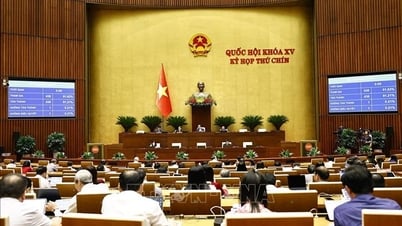















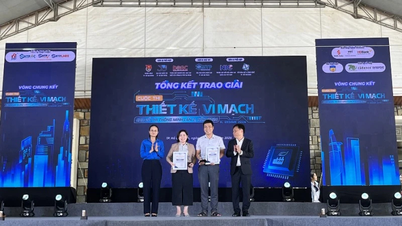

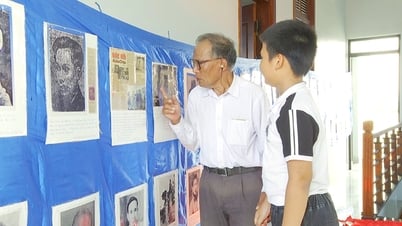

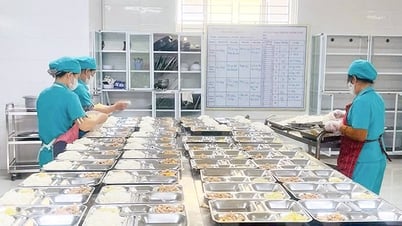
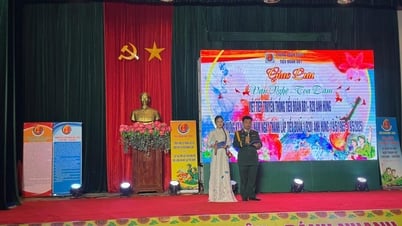
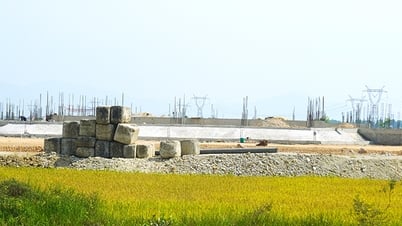









Comment (0)